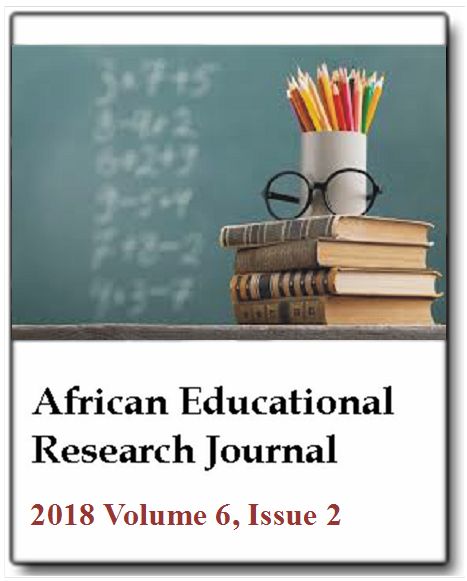Where have all the (qualified) teachers gone? Implications for measuring sustainable development goal target 4.c from a study of teacher supply, demand and deployment in Liberia
Mark Ginsburg, Noor Ansari, Oscar N. Goyee, Rachel Hatch, Emmanuel Morris and Delwlebo TuowalAfrican Educational Research Journal
Published: April 17 2018
Volume 6, Issue 2
Pages 30-47
DOI: https://doi.org/10.30918/AERJ.62.18.013
Abstract
This paper analyzes data collected in the 2013 Liberian Annual School Census undertaken as part of the Educational Management Information System and supplemented by information gathered from teacher education program organizers as well as from samples of graduates from preservice and inservice C-Certificate granting programs undertaken in Liberia in during 2007 to 2013. The authors report that the percentage of “qualified” primary school teachers (that is, those with at least a C-Certificate, which Liberian policy sets as the minimum qualification) expanded dramatically after the education system was decimated during the years of civil war (1989 to 2003). We also indicate that in government primary schools in 2013, the pupil-teacher ratio (24.8) and even the pupil-qualified teacher ratio (36.2) was lower – that is, better – than the policy goal of 44 pupils per teacher. However, teacher hiring and deployment decisions led to large inequalities in these input measures of educational quality. At the same time, the authors discovered that the findings from the analysis of Liberia’s 2013 EMIS data did not fully answer the question of where the (qualified) teachers are, in that we were not able to locate in the EMIS database substantial numbers of graduates of the various C-Certificate teacher education programs. However, contrary to the EMIS database findings, when telephone interviews were conducted with samples of these graduates, it was learned that many, but not the majority, of them had been employed in the education sector in 2013. The sources of this inaccuracy include: a) the principals of some schools had not been invited to the workshop where they were oriented to filling out the Annual School Census questionnaire; b) some principals, who attended, did not return the questionnaire; and c) some female and male teachers had used different names when enrolled in the C-Certificate program than they were using as teachers in 2013. The authors conclude by discussing the implications of the limitations of the EMIS data for reporting key indicators in Liberia and in other countries in relation to monitoring the global Sustainable Development Goal #4.
Keywords: Qualified teachers, Liberia, measurement issues, sustainable development goal target 4.c.
Full Text PDFThis article is published under the terms of the Creative Commons Attribution License 4.0

